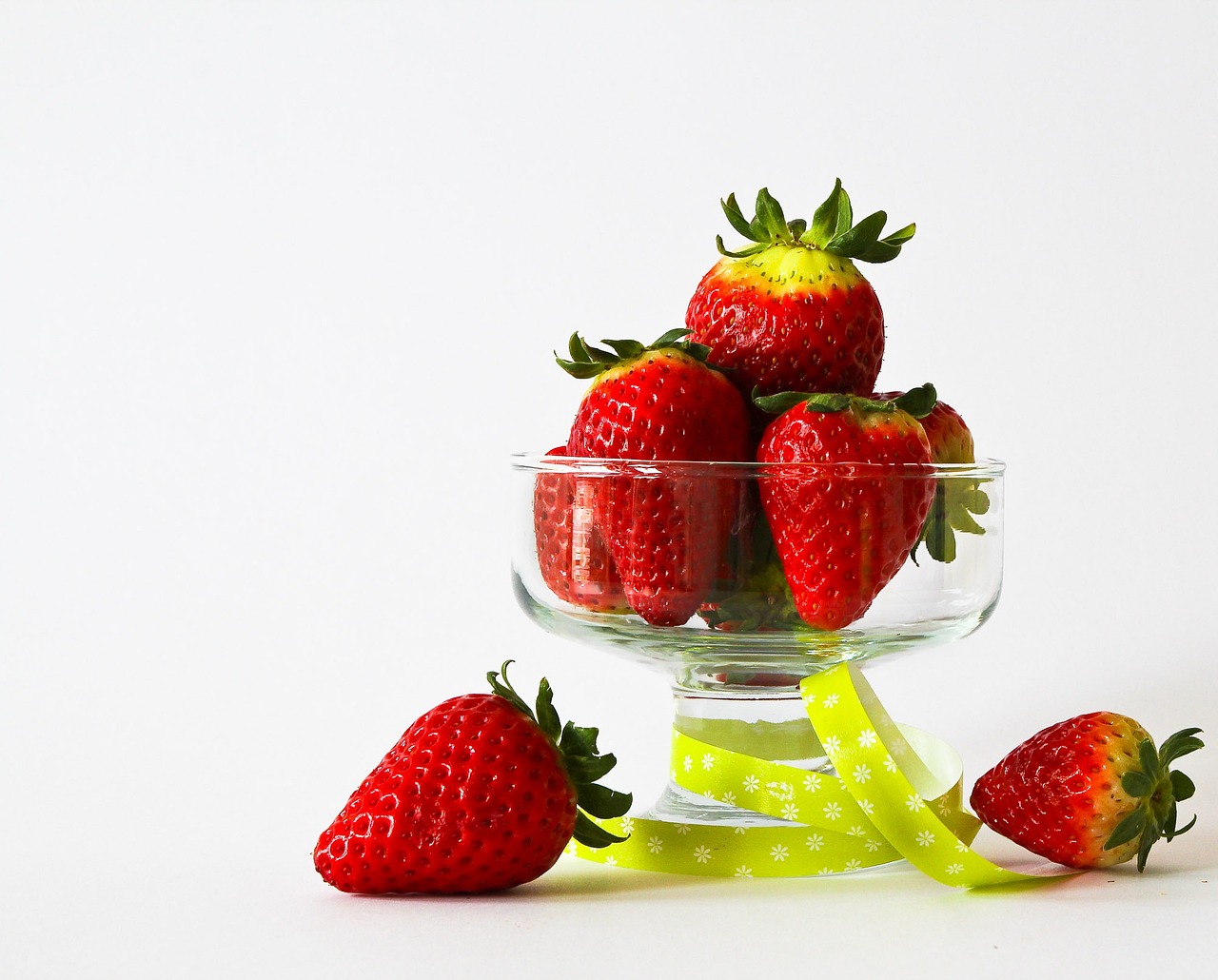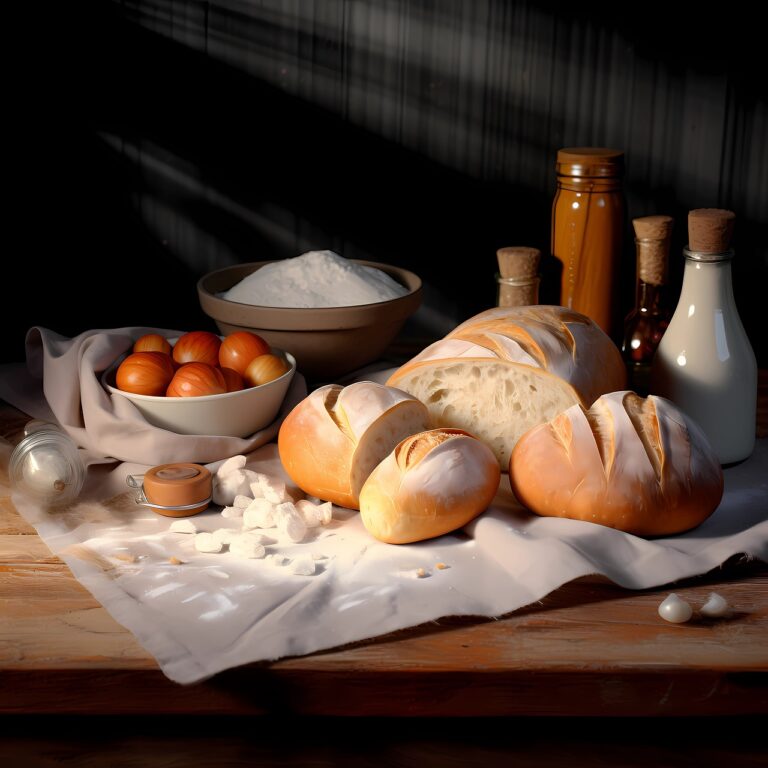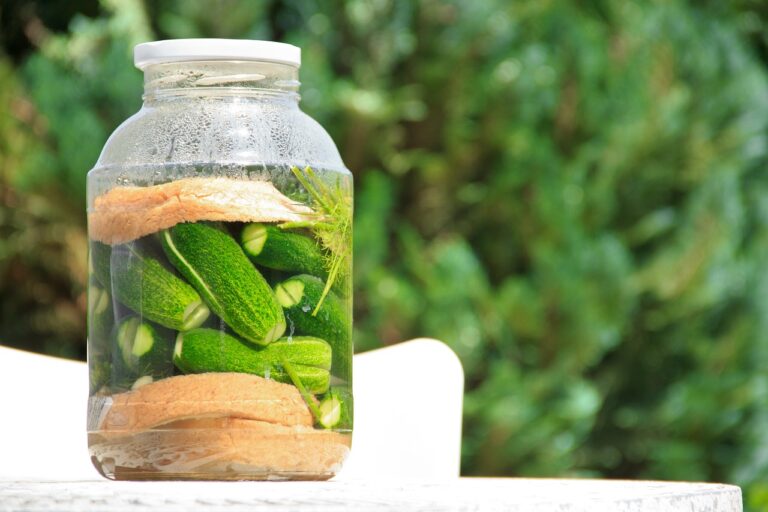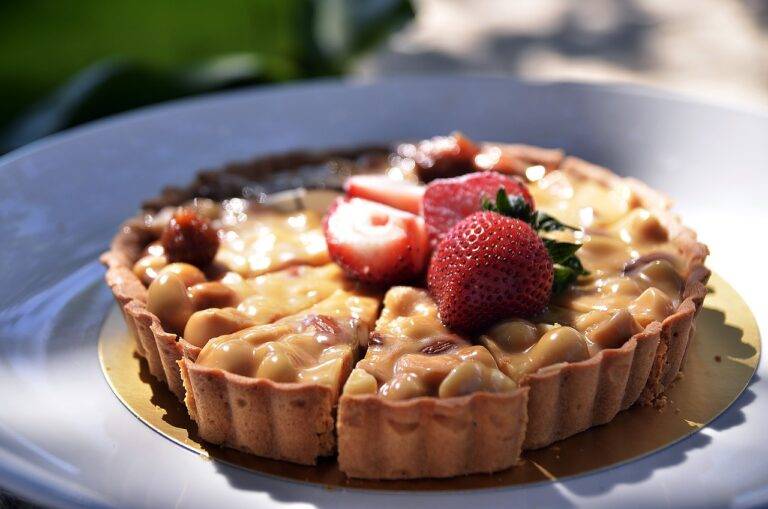The Science of Food Preservation: Traditional Methods and Modern Techniques
Food preservation is essential for extending the shelf life of perishable items like fruits, vegetables, meats, and dairy products. Traditional methods of food preservation have been practiced for centuries, while modern techniques have revolutionized the way we maintain the quality and safety of our food. In this article, we will explore the science behind food preservation, comparing traditional methods with modern innovations.
Traditional Methods
One of the oldest and most widely used methods of food preservation is drying. Drying removes moisture from food, preventing the growth of bacteria, yeasts, and molds. Another traditional method is canning, which involves sealing food in airtight containers to prevent spoilage. Fermentation is also a common practice, as it creates an acidic environment that inhibits the growth of harmful microorganisms.
Modern Techniques
Modern techniques of food preservation include refrigeration, freezing, and pasteurization. Refrigeration slows down the growth of bacteria, while freezing halts their activity altogether. Pasteurization involves heating food to a specific temperature for a set period to kill pathogens and extend shelf life.
Comparison of Methods
While traditional methods of food preservation are still widely used today, modern techniques offer several advantages. For example, refrigeration and freezing allow for the preservation of perishable items without altering their taste or texture. Pasteurization has also made it possible to safely consume dairy products and juices without the risk of contamination.
Challenges and Innovations
Despite the advancements in food preservation technology, challenges still exist. One of the biggest challenges is preventing food waste, as a significant amount of food is lost to spoilage every year. Innovations like vacuum sealing and modified atmosphere packaging are helping to address this issue by extending the shelf life of fresh produce and reducing the need for preservatives.
Future Trends
The future of food preservation is focused on sustainability and reducing food waste. Biodegradable packaging materials, natural preservatives, and advanced food safety technologies are being developed to meet these goals. Additionally, consumers are becoming more conscious of the environmental impact of food production and are seeking out eco-friendly options.
Conclusion
Food preservation is an essential aspect of maintaining food safety and quality. By understanding the science behind traditional methods and modern techniques, we can make informed choices about how we preserve our food. Whether you prefer drying fruits or using a food dehydrator, there are many options available to keep your favorite foods fresh for longer.
FAQs
Q: What are the best traditional methods of food preservation?
A: Some of the best traditional methods include drying, canning, pickling, and fermenting.
Q: How does freezing preserve food?
A: Freezing slows down the activity of bacteria, yeasts, and molds, preventing them from spoiling the food.
Q: What is the difference between pasteurization and sterilization?
A: Pasteurization involves heating food to a specific temperature for a set period to kill pathogens, while sterilization involves a more intense heat treatment to eliminate all microorganisms.







